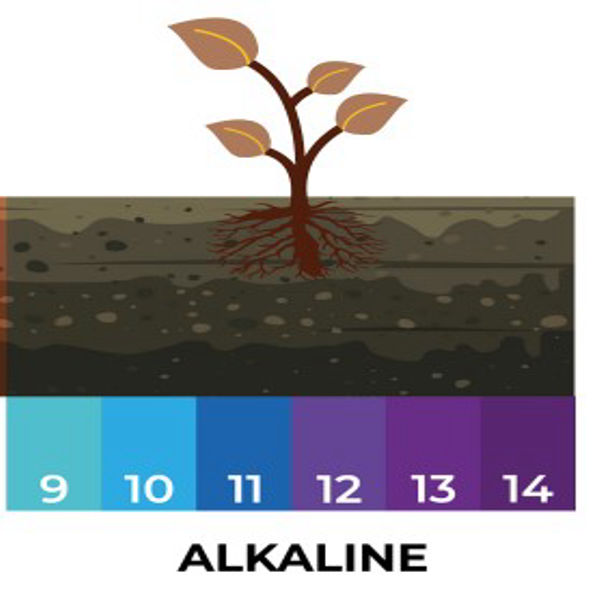How to Use Fertilizers Effectively ?
Fertilizers are essential for boosting crop yields, but their effectiveness depends on several factors. Understanding how to use fertilizers efficiently can save money, reduce environmental impact, and improve plant growth. Here’s a quick guide to help farmers get the most out of their fertilizers.
1. Soil Type and Texture
Soil type affects how fertilizers are absorbed.
-
Clay soils retain nutrients better due to their high Cation Exchange Capacity (CEC).
-
Sandy soils can lose fertilizers quickly, so more frequent applications might be necessary.
2. Soil pH
Soil pH affects nutrient availability.
-
Acidic soils (pH < 6) may prevent nutrients like phosphorus from being absorbed.
-
Neutral pH (around 6.5–7) ensures nutrients are readily available for plants.
3. Right Timing
Applying fertilizers at the correct time boosts efficiency.
-
Apply before planting or during growth stages to match the plant’s nutrient needs.
-
Avoid applying fertilizers during heavy rainfall to prevent runoff.
4. Irrigation Practices
Water helps move fertilizers to plant roots, but too much water can wash them away.
-
Proper irrigation ensures fertilizers reach the root zone and are absorbed effectively.
5. Choose the Right Fertilizer
Different fertilizers release nutrients at different rates.
-
Granular fertilizers release nutrients slowly, while liquid fertilizers act quickly.
-
Choose slow-release fertilizers to reduce the need for frequent applications.
6. Soil Microbial Activity
Healthy soil microbes break down organic matter and make nutrients available.
-
Adding organic matter (compost, manure) can improve microbial activity, enhancing fertilizer efficiency.
